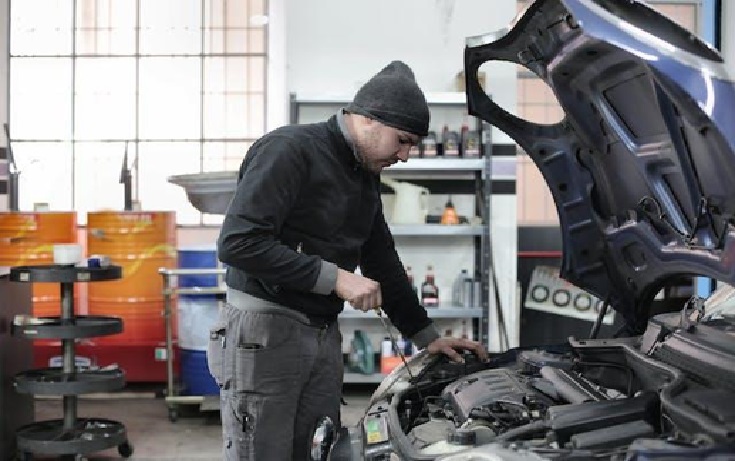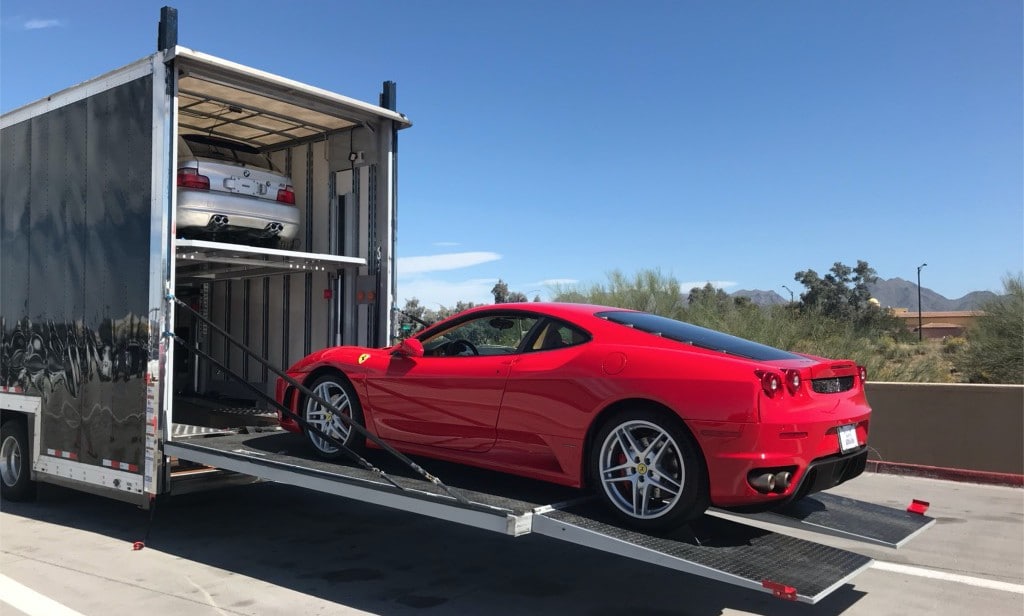Engine rebuilding is a labor of love for many automotive and motorcycle enthusiasts. Whether you’re restoring a classic Husqvarna motorcycle sales or reviving the heart of your daily driver, the process of rebuilding an engine can be both challenging and immensely rewarding. In this article, we’ll explore the art of engine rebuilding, providing practical tips and tricks to help you tackle this intricate task with confidence.
Understanding the Engine
The first step in any engine rebuilding project is to develop a deep understanding of the engine’s inner workings. Familiarize yourself with the various components, their functions, and how they interact with one another. Invest in a comprehensive service manual or workshop guide specific to your vehicle’s make and model to ensure you have the necessary information at your fingertips.
Proper disassembly and inspection of the engine components are crucial. Take meticulous notes, photograph each step, and label parts to ensure a seamless reassembly process. This attention to detail will pay dividends when it’s time to put the engine back together.
Sourcing Quality Parts
When it comes to engine rebuilding, using high-quality replacement parts is essential. Resist the temptation to cut corners and opt for cheaper, aftermarket components. Instead, seek out genuine, manufacturer-approved parts or work with a reputable automotive machine shop to source the necessary components.
Proper part selection can make or break the success of your engine rebuild. Research the latest advancements in engine technology and consider upgrading to performance-oriented parts if desired. This can breathe new life into your engine and enhance its overall performance.
Cleaning and Inspection
Thorough cleaning and inspection of the engine components are critical steps in the rebuilding process. Use appropriate cleaning solvents and techniques to remove any built-up grime, deposits, or corrosion. Carefully inspect each part for signs of wear, damage, or defects, and replace any components that do not meet the manufacturer’s specifications.
Pay special attention to the engine block, crankshaft, and cylinder heads, as these are the heart of the engine. Ensure that all surfaces are perfectly clean and free of any imperfections before reassembly.
Precision Assembly
The reassembly phase of an engine rebuild requires meticulous attention to detail and precision. Follow the manufacturer’s recommended assembly procedures to the letter, ensuring that each component is properly lubricated and installed in the correct orientation.
Proper torque specifications for fasteners, such as cylinder head bolts and main bearing caps, must be strictly adhered to. Neglecting these details can lead to catastrophic engine failure down the road.
Tuning and Break-In
Once the engine is reassembled, it’s time to focus on the tuning and break-in process. This step is crucial for ensuring the engine’s longevity and optimal performance. Follow the manufacturer’s recommended break-in procedures, which may include specific break-in oil, break-in driving cycles, and initial maintenance checks.
Proper tuning, including carburetor or fuel injection adjustments, ignition timing, and valve clearance settings, can further enhance the engine’s performance and efficiency.
Conclusion
Engine rebuilding is a rewarding and challenging endeavor that requires patience, attention to detail, and a deep understanding of engine mechanics. By following the tips and tricks outlined in this article, you can approach your next engine rebuilding project with confidence, knowing that you have the knowledge and tools to breathe new life into the heart of your motorcycle or car.













